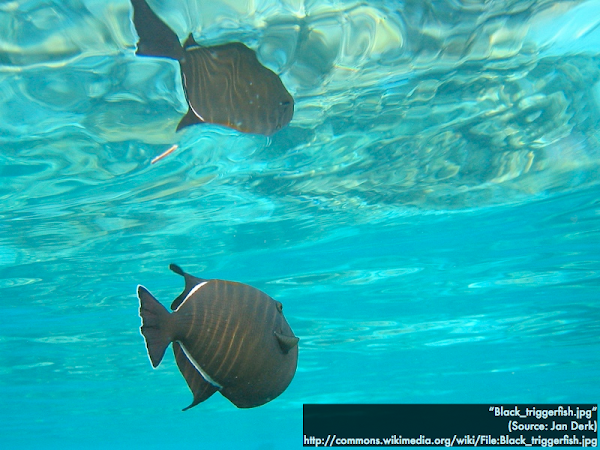Cuesta College, San Luis Obispo, CA
Students have a bi-weekly online reading assignment (hosted by SurveyMonkey.com), where they answer questions based on reading their textbook, material covered in previous lectures, opinion questions, and/or asking (anonymous) questions or making (anonymous) comments. Full credit is given for completing the online reading assignment before next week's lecture, regardless if whether their answers are correct/incorrect. Selected results/questions/comments are addressed by the instructor at the start of the following lecture.
The following questions were asked on reading textbook chapters and previewing presentations on total internal reflection and polarization.

Selected/edited responses are given below.
Describe what you understand from the assigned textbook reading or presentation preview. Your description (2-3 sentences) should specifically demonstrate your level of understanding.
"If you get a calculation error using Snell's law, then TIR and the law of reflection applies, not Snell's law."
"Total internal reflection occurs when the angle of incidence is equal to or greater than the critical angle. In addition the other prerequisite for internal reflection to occur is that n1 has a greater index of refraction than n2."
"Previously Snell's law didn't sit well with me, now I feel I have a good understanding of how it works and how to apply different types of problems to it. Frustrated refraction (TIR) is straightforward."
"Horizontal antennae create horizontal transverse waves that can be best received by other horizontal antennae, and same for vertical. A polarizer can block the light if the oscillations of the light do not line up with the transmission axis. "
"I understood that polarization, or a polarized light source, is where electrons are forced to move up and down the source and the orientation of the movement must be the same in the receiving source. I also understood that polarizers are materials that basically create fenceposts to block certain light sources that do not fit through the space between the 'posts.'"
Describe what you found confusing from the assigned textbook reading or presentation preview. Your description (2-3 sentences) should specifically identify the concept(s) that you do not understand.
"Honestly getting tripped up by total internal refraction but am unsure why."
"I would like a general review of what total internal reflection is and when it occurs."
"I didn't necessarily find the material confusing. A brief overview of the general concepts in lecture would be most appreciated."
"Critical angle."
"Polarization."
"I found polarization confusing. I would appreciate a review of the fencepost model."
"I found the polarizers confusing. I'm not sure why they block a certain amount of light traveling through them. In addition I found Malus' law confusing and probably need some examples of how it is used properly in a problem solving context."
"Although I got the concept of the fencepost model, I dont think I completely understood how to use Malus' law. Additionally, more clarification on what happens when light passes through two or more polarizing filters might be helpful."
If the incident angle of a light ray is less than the critical angle, the light ray will be:
reflected. *** [3] transmitted. *************** [15] (Both of the above choices.) ******** [8] (Neither of the above choices.) [0] (Unsure/guessing/lost/help!) ** [2]
If the incident angle of a light ray is greater than the critical angle, the light ray will be:
reflected. *********************** [23] transmitted. *** [3] (Both of the above choices.) [0] (Neither of the above choices.) * [1] (Unsure/guessing/lost/help!) * [1]
Total internal reflection is possible when a light ray in a __________ medium hits a boundary with a __________ medium.
faster; slower. ********* [9] slower; faster. ************* [13] (Both of the above choices.) * [1] (Unsure/guessing/lost/help!) ***** [5]

horizontally. [0] vertically. ************************* [25] (Both of the above choices.) [0] (Neither of the above choices.) [0] (Unsure/guessing/lost/help!) *** [3]

horizontal. ************************* [25] vertical. [0] (Both of the above choices.) [0] (Neither of the above choices.) [0] (Unsure/guessing/lost/help!) *** [3]
Ask the instructor an anonymous question, or make a comment. Selected questions/comments may be discussed in class.
"I found the antennae section very interesting."
"I am trying to organize myself better for this class, I might be again slower (took me 1 hour to summarize the presentation on TIR and I have not yet work on polarization) but I feel like the understanding of the basics concepts are better absorbed at my own pace."
"Could you go over this presentation? I didn't have much time to go through it on my own."
"This material is definitely more complicated than last semester's. Your explanation of the material in lecture is on-point."
"Are all comments optional?" (Yes.)
"I'm good :)"
"Yo yo P-dog."
No comments:
Post a Comment